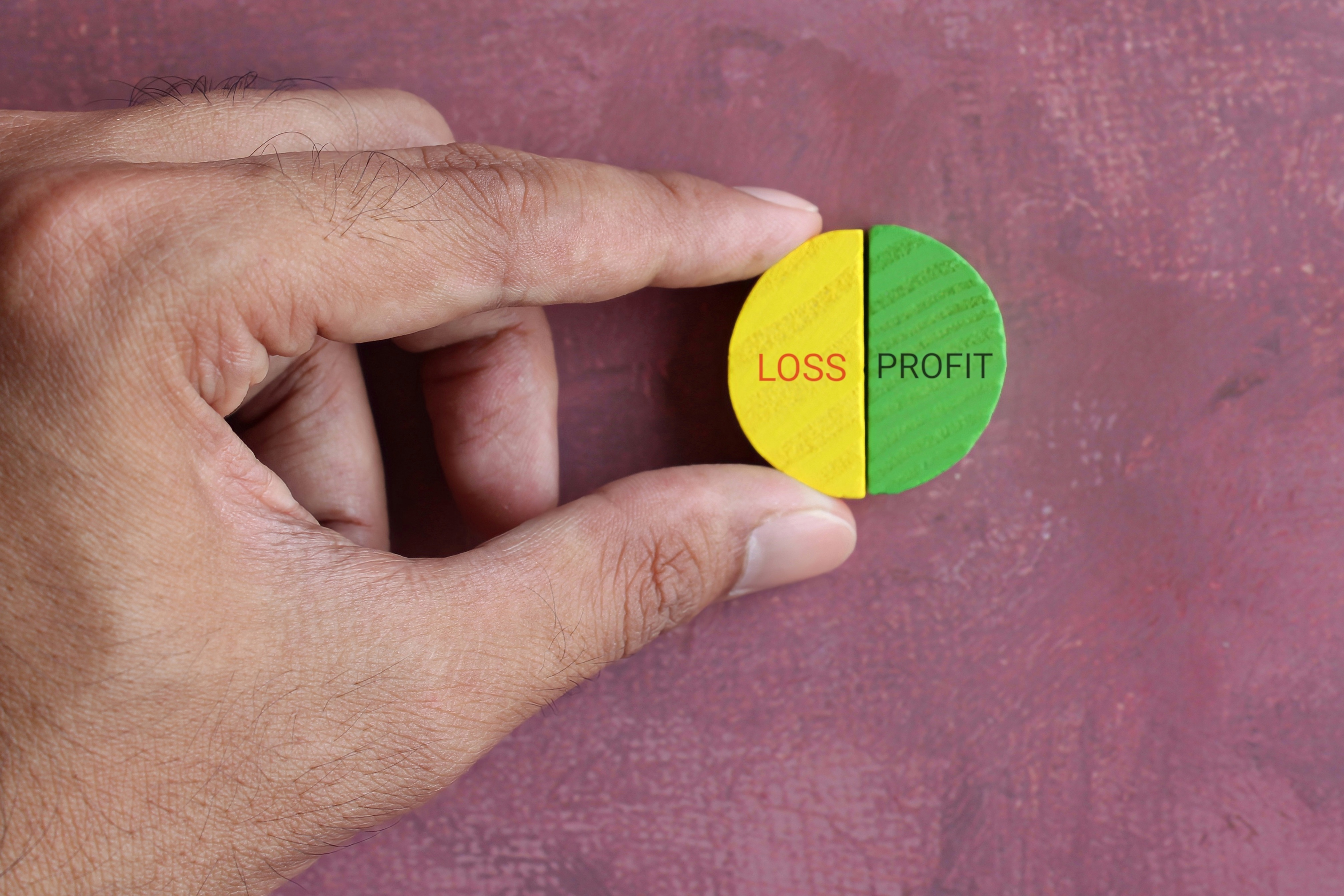Quick CV Dropoff
Send us your CV to be considered for one of our open roles

Understanding the financial metrics of margin and markup is crucial for running a successful business. Although they are often used interchangeably, markup and margin have distinct meanings and implications for your pricing strategy and profitability.
This article breaks down the key differences, explains how to calculate each, and provides insights into their impact on your business decisions. Read on to ensure you're making informed choices that boost your bottom line.
Both markup and margin use revenue and costs, but markup shows the percentage of costs whereas margin shows the percentage of income. This is why your markup is always bigger than your margin, despite referring to the same amount of money.
Using these terms incorrectly can result in price setting that is too high or too low, leading to lost sales or lost profits.
Markup is the amount added to the cost of goods sold (COGS) to cover overhead and profit. It is expressed as a percentage of the cost price. Here's the formula for calculating markup:
Markup percentage = (Sales price − COGS)/COGS × 100.
For example, if you sell a product for £100 and it costs you £70 to produce, the markup would be:
Markup = (100 - 70)/70 x 100 = 42.86%.
Margin, also known as profit margin, represents the percentage of the final sales price that is profit. It shows how much of the sales revenue is actually profit after covering the cost of goods sold (COGS). Here's how you calculate it:
Margin = (Sales price - COGS)/Sales price x 100.
Using the same example, if you sell a product for £100 and it costs £70 to produce, your profit is £30. The margin would be:
Margin = (100 - 70)/100 x 100 = 30%.

For a business it is always advisable and safer to use margin to calculate a selling price as it measures how much of the sale is profit. Therefore, decide on a desired profit margin and then using the cost, calculate the selling price that delivers it.
To calculate the selling price based on margin:
Selling Price = Cost Price / (1 - margin %)
For example, if a business requires at least 15% margin for a sale to be profitable what would their selling price be?
Margin = 15% - you must divide your margin by 100 to be able to complete the below calculation, just as you multiplied by 100 in the above calculations. Therefore a 15% margin would be 0.15.
Cost price = £100
Therefore the selling price = £100 / (1-0.15)
= £117.65
Basis of calculation:
Perspective:
Use in business
Why understanding both matters
Having a clear grasp of both margin and markup is essential for several reasons:
Margin and markup are critical components of pricing strategy and profitability analysis. While they are closely related, their differences are significant and impact how you view and manage your business finances. By mastering both concepts, you can make more informed decisions that drive success and growth in your business.
We hope you'll find this helpful, and this guide will aid you in the minefield of negotiating pricing. For further insights or a confidential chat with one of our specialist Consultants, get in touch with us now!